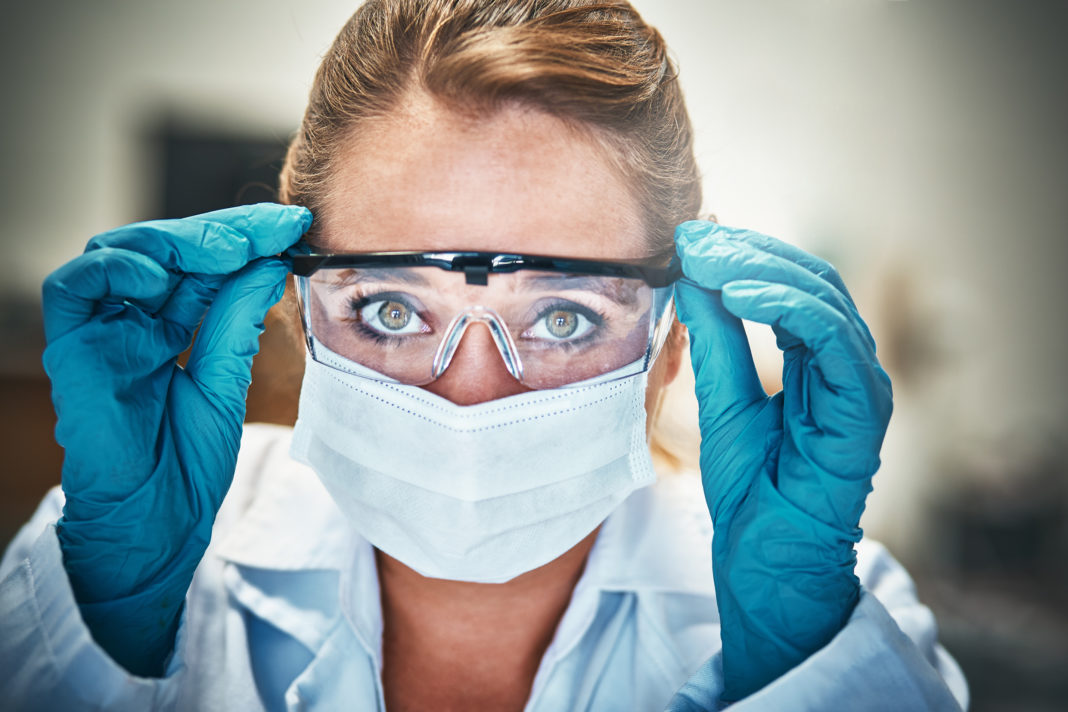Candidate: UQ-CSL V451
Category: VAX
Type: “Molecular clamp” vaccine; UQ has isclosed work toward a version using CSL subsidiary Seqirus’ proprietary adjuvant technology, MF59®, as well as a version using Dynavax’s toll-like receptor 9 (TLR9) agonist adjuvant, CpG 1018™
Status: CSL said September 6 that it signed an agreement with Australia’s federal government to manufacture a total 84.8 million doses of UQ-CSL V451 and AZD1222, a vaccine being developed by AstraZeneca, the University of Oxford, and a school spinout, Vaccitech, for supply and distribution within the country. Should both vaccines succeed in clinical trials, Australia has agreed to purchase 51 million doses of UQ-CSL V451 and approximately 30 million doses of AZD1222 for a combined A$1.7 billion ($1.2 billion), based on a two-dose per person regime for both vaccines.
The agreement is between CSL’s influenza vaccines company, Seqirus, which will hold regulatory responsibility as the marketing authorization holder, and the Australian government. CSL said production of the vaccine to support late stage clinical trials has begun at its biotech manufacturing facilities in Broadmeadows, Melbourne.
The University of Queensland is currently undertaking a Phase I clinical study on UQ-CSL V451 to assess safety and immunogenicity in healthy volunteers. Should the Phase I study prove successful toward the end of 2020, CSL said, it will take full responsibility for the subsequent Phase IIb/III trial, which is expected to launch in late 2020.
“Australia needs some hope,” Morrison said. “There are no guarantees that these vaccines will prove successful, however the agreement puts Australia at the top of the queue, if our medical experts give the vaccines the green light.”
Dynavax said August 13 it was awarded a $3.4 million grant from the Bill & Melinda Gates Foundation toward scaling up production batch size to allow for increased capacity of Dynavax’s CpG 1018 advanced adjuvant. That effort will support capacity of up to 750 million adjuvant doses annually, which can be further increased if needed, according to the company.
UQ on March 22 announced pledges of A$10 million ($6 million) from the government of Queensland, and A$3 million ($1.8 million) from Australia’s national government, toward accelerating development of its preclinical “molecular clamp” vaccine against COVID-19 by six months.
The University said in February it achieved proof of concept showing the feasibility of using molecular clamp technology to engineer a vaccine candidate that could be more readily recognized by the immune system, triggering a protective immune response. Keith Chappell, PhD, told The Australian his team experimented with 250 different formulations before settling on a candidate vaccine virus. UQ plans to produce greater quantities of the vaccine to enable additional testing, then advance to investigational clinical testing after the middle of the year.
Dynavax in March disclosed plans to partner with UQ on a COVID-19 prevention vaccine applying CpG 1018, building on a partnership launched by UQ and the Coalition for Epidemic Preparedness Innovations (CEPI) in January 2019 to develop a “molecular clamp” vaccine platform against multiple viral pathogens. Earlier this year, CEPI requested UQ use its rapid response technology, which allows for rapid generation of new vaccines from a virus’s genetic sequence information, to develop a vaccine against COVID-19.
On March 26, Dynavax added that it would make CpG 1018 available to other vaccine developers through CEPI, with both partners agreeing to identify vaccine programs that could benefit from the adjuvant, then coordinate engagements with those programs. CpG 1018 is the adjuvant used in HEPLISAV-B® [Hepatitis B Vaccine (Recombinant), Adjuvanted], an adult hepatitis B vaccine marketed by Dynavax following FDA approval in 2017.
CSL said in February it will provide technical expertise and a donation of MF59 to the University of Queensland’s preclinical development program. The University will use the adjuvant to test the viral protein it is developing with its molecular clamp technology, CSL said. The company also committed a donation of RMB 1 million ($143,000) to the China Red Cross toward efforts to combat the epidemic.
COVID-19: 200 Candidates and Counting
To navigate through the >200 potential therapeutic and vaccine options for COVID-19, GEN has grouped the candidates into four broad categories based on their developmental and (where applicable) clinical progress:
● FRONT RUNNER – the most promising therapeutics/vaccines based on clinical progress, favorable data or both.
● DEFINITELY MAYBE – earlier phases with promising partners, or more advanced candidates in development that have generated uneven data
● KEEPING AN EYE ON… – interesting technology, attracting notable partners, or both, but preliminary data.
● TOO SOON TO TELL – longshots pending additional experimental and/or clinical data.
GEN has also tagged the most common treatment types:
● ANTIVIRAL
● VAX
● ANTIBODY
● RNA



